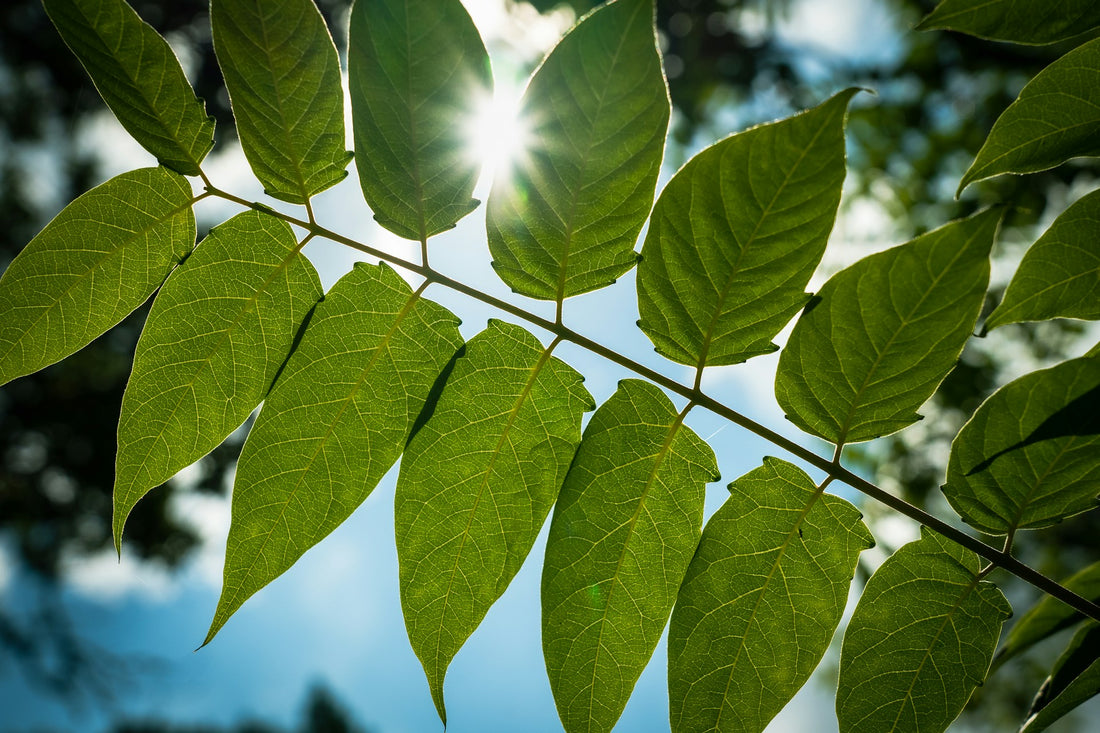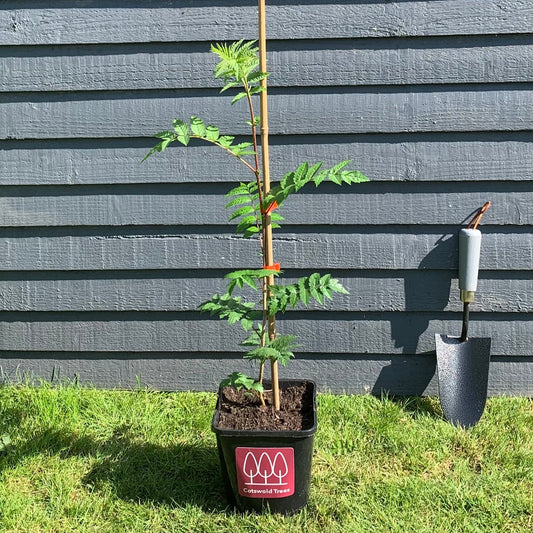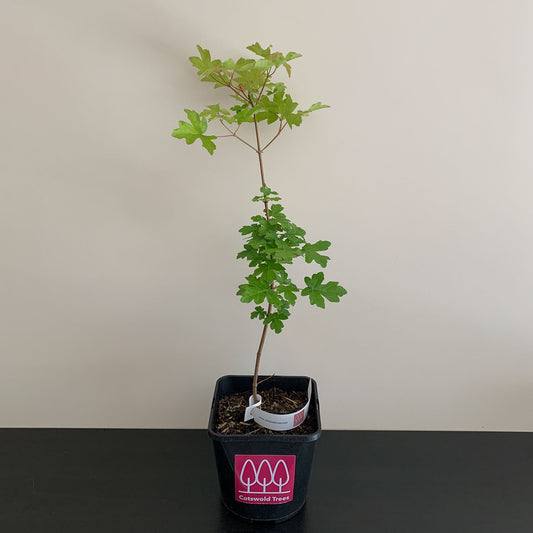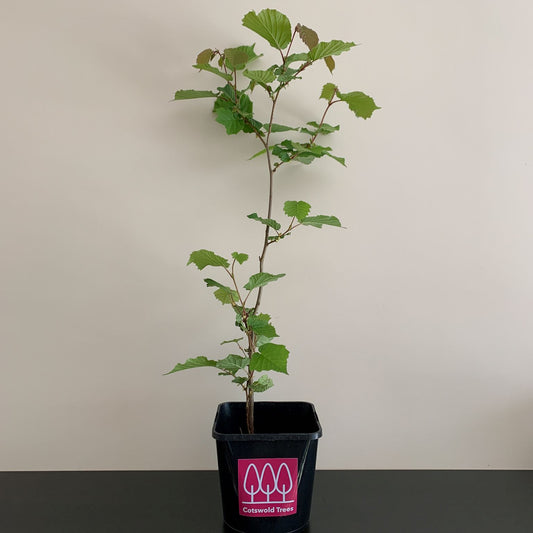
10 Tips for Keeping Native UK Trees in Small Gardens
Share
To keep native UK trees fairly small in size, you can employ various pruning and maintenance techniques. Here are some general tips:
Regular Pruning:
- Prune your trees during the dormant season (late autumn to early spring) to minimize stress on the tree.
- Remove any dead or diseased branches first, followed by any crossing or rubbing branches. This helps maintain the overall health of the tree.
Choose the Right Tree Species:
- Research and select native tree species that naturally have a smaller growth habit. For example, consider planting a crabapple tree (Malus sylvestris) instead of a large oak tree.
Early Training:
- When the tree is young, selectively prune to shape it. Remove competing leaders (main upward-growing branches) and encourage a single, central leader for a more compact form.
Pollarding or Coppicing:
- Pollarding involves cutting back the upper branches of a tree to a certain height. This can be done every few years to maintain a smaller size.
- Coppicing involves cutting the tree back to ground level periodically, promoting the growth of new shoots. This is more suitable for certain deciduous species.
Root Pruning:
- Root prune during the dormant season using a sharp spade or shovel. Cut a circle around the tree, staying within the tree's dripline (the outer edge of the canopy).
- Keep in mind that excessive root pruning can stress the tree, so it should be done gradually over a few years.
Container Planting:
- Choose a large container with proper drainage for your tree. Use high-quality potting soil.
- Regularly check the roots and consider root pruning when repotting. Be mindful of the tree's nutrient requirements.
Mulching:
- Apply a 2-4 inch layer of organic mulch around the base of the tree, keeping it a few inches away from the trunk.
- Mulching helps retain moisture, suppress weeds, and regulate soil temperature.
Watering and Nutrient Control:
- Provide consistent watering, especially during dry periods. Avoid overwatering, as it can lead to rapid growth.
- Use a balanced, slow-release fertilizer in spring, but avoid excessive fertilization.
Regular Monitoring:
- Inspect the tree regularly for signs of pests, diseases, or nutrient deficiencies. Address issues promptly to minimize stress.
Consult an Arborist:
- If in doubt, seek advice from a certified arborist. They can assess the health of the tree, recommend appropriate pruning techniques, and provide guidance on long-term care.













